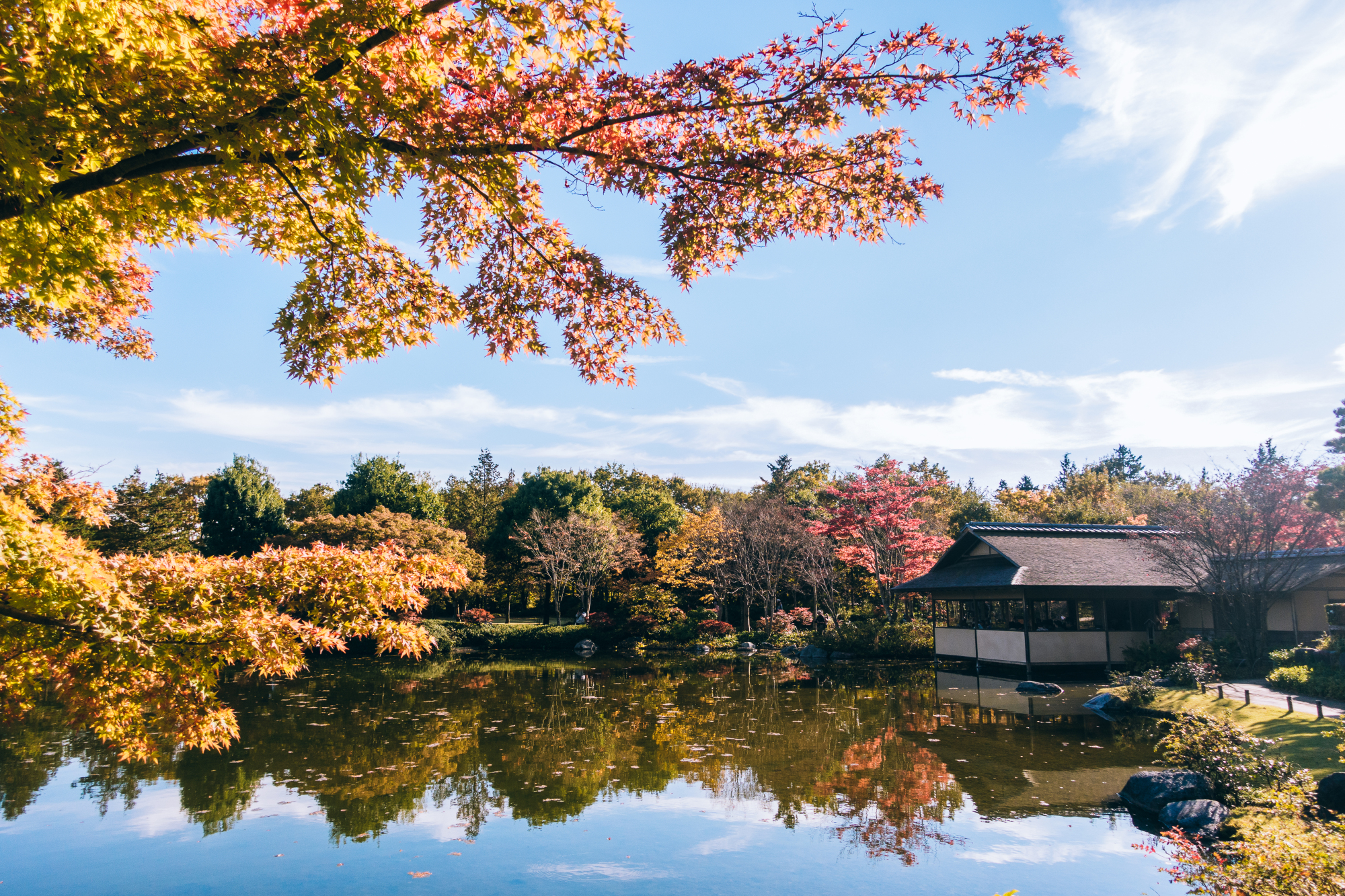By far the most recognizable of Japan's natural phenomena is the cherry blossom. And why not: Who can resist the cotton candy plumes of the pink-white flower? More than anything, blossom season is a time to celebrate. Spring means warmth and evening yozakura parties with drinks and snacks aplenty. What's not to like?
Autumn leaves, on the other hand, aren't as famous. The word "sakura" (cherry blossom) is used as a first name, it's that desirable; conversely, momiji (autumn leaves) is the name of a witch in a Muromachi Period (1392-1573) play. You begin to get the picture.
That said, momiji (also known as kōyō), are not exactly reviled. Back in the Heian Period (794-1185), when hanami (flower viewing) was lord and master, both ume (plum) and cherry trees were planted within the grounds of the courts and noblemen's mansions, making hanami a relatively passive activity. Going to see autumn leaves was still a done thing, but was more of an excursion; the activity was, and still is, called momijigari (hunting for autumn leaves).



